The Media Oligopoly: How a Handful of Companies Control Nearly All of the Media in the U.S.
December 26, 2020
Think of your favorite news station, television show, movie, online publication, and book. What if I told you everything you just thought of has something in common? While it is unlikely, the same company could own the networks and brands behind those five things. It is much more likely that a handful of mega-corporations own those five pieces of media. Think about how many television stations, movie studios, and news outlets there are in the U.S. and how much media they create and publish. Now imagine that five executive teams dictate the guidelines for 90% of that media. In an age of misinformation and polarization, partly enabled through the connectivity of the internet, access to reliable sources is vital. However, the oligopolistic nature of the media landscape powered by vast consolidation could threaten access to objective news and the freedom of choice, with corporate incentives ranking higher than the benefit of the general public in a company’s hierarchy of needs.
As Americans, we pride ourselves on our fundamental freedoms. Article III of the Bill of Rights reads, “Congress shall make no law respecting an establishment of religion, or prohibiting the free exercise thereof; or abridging the freedom of speech, or of the press; or the right of the people peaceably to assemble, and to petition the Government for a redress of grievances.” This statement broadly defines what we know as the Freedom of the Press, but one must question just how ‘free’ the press, along with other forms of media, is. In this case, ‘free’ is not only defined by a lack of external intervention or restriction (by the government) of said media, but also as the ability of the individual to control and be aware of what media they consume. My fellow global politics students may recognize this as negative and positive freedom.
You may have heard the term ‘antitrust’ on the news. While the topic is convoluted, all you need to know is that the U.S. antitrust laws generally describe legal and illegal practices of companies and promote competition for the benefit of you, the consumer. Among other things, antitrust laws deal with corporate mergers and the prevention of monopolies. One example of antitrust enforcement is the Department of Justice suit against Google over its dominance in the search engine field. The big five media conglomerates, Comcast, Disney, AT&T, National Amusements, and Newscorp, can barely slip beneath current antitrust regulations, despite the monopolistic characteristics of these businesses. There exists a symbiotic relationship between these entities, created by frequent corporate deal-making and the holding and sharing of stakes in each others’ properties. A prime example of this is Hulu, of which a majority stake was previously shared by AT&T (TimeWarner) and Comcast before Disney acquired a majority stake. You may notice that these three companies are all members of the five.
But how did the media landscape get to this point? In the 1980s, 50 companies controlled most media in the U.S. The most rapid consolidation of media outlets occurred after the passing of the Telecommunications Act of 1996. While the goal of the act was to increase competition and create a better consumer experience through higher quality and lower prices, the act’s deregulation of the field was the nail in the coffin of distributed media. The number of companies controlling that 90% of U.S. media shrunk from twenty-five to just five, with the remainder owned by marginally smaller entities. In its current state, the industry is anticompetitive, which fundamentally limits innovation.
The media landscape is incredibly complex, with frequent mergers and acquisitions and equity sharing adding to the fray. However, one can realize how this handful of corporations reach every media-consuming household by examining their holdings. National Amusements owns CBS, Viacom, Nickelodeon, MTV, BET, Spike, Simon & Schuster, and CNET. Aside from its namesake brands, Disney owns ABC, Vice, Pixar, ESPN, Marvel, the History Channel, and Lucasfilm. News Corp owns Fox (and its subsidiaries), MarketWatch, the New York Post, the Wall Street Journal, Harper Collins Publishers, ITV, and The Sun. AT&T owns CNN, HBO, TNT, Time Magazine, TBS, and Cartoon Network. Finally, Comcast owns NBC, Universal, Dreamworks, USA Network, SyFy, Focus Features, Fandango, and E!. These are just samples of everything owned by the five, without mentioning the holdings of other companies like Verizon (Huffington Post, Yahoo, TechCrunch, Complex), Advance Publications (Discovery, Condé Nast, Reddit), Sinclair (150+ television stations), and others. Some of these outlets have most certainly reached your household, even if you don’t read the news.
Most people are not aware that the media industry is structured in this way, which is concerning. Meredith Terranova ‘22 said, “My main concern is that people aren’t aware of this reality. These companies could have a significant influence on what we read or watch, without us even knowing.” Given the importance of the press to society and entertainment to culture, not to mention the prices of each, it is sensible that the consumer should have insight into the character of their source. Micheline McManus, English Teacher, said, “It’s the stories that we tell…What are the stories that we amplify, and who’s making those choices? How aware are we of… the groups that get to decide the stories are told in the news media but also the groups that decide what books are published… I think it’s very problematic if that’s opaque to us… we don’t know how something is presented to us and by whom as a result.” This opaqueness is deliberate. It would not serve media conglomerates to draw attention to their monopolistic characteristics when people are concerned with everything else happening in the world. Thus, there is little mainstream attention on this topic, and the five are free to drive profits through calculated means.
The current state of U.S. politics is great for business in newsrooms. Caroline Hayter ‘22 notes, “The nation feels so polarized right now. Sometimes it feels like you have left-wing sources and right-wing sources…I wish there was [a] greater diversity of thought and analysis to allow the public to draw their own conclusions. It does seem like a majority of Americans have one or two news sources that they get nearly all of their news from. I think reading laterally across different news sources is a definitely beneficial thing to do.” This polarization leads many Americans to succumb to confirmation biases and seek out sources that align with their beliefs. The big five are uniquely qualified to fulfill individuals’ hunger for affirmation, given their ownership of 5 major broadcast news networks. They can create news personalities that people enjoy watching, effectively formulating a loyalty system that benefits ratings. Political controversy drives business. For example, if a politician you do not like screws up, you might like watching someone talk about just how bad they screwed up. Media conglomerates know this, and so they push stories that will benefit their business models, not necessarily the awareness of their base.
It is not objectively detrimental that this is the structure of the media. There are some benefits; for example, the resources available to these outlets allow for high-quality content. However, there are problems as well, stemming from the monopolistic nature of the landscape’s key players. The mass media industry is puzzling, and the conversation over its ethos deals with weighty subjects like the freedom of the press, monopolies, and antitrust laws. It is unlikely that the media landscape will change in the next few years, but there are ways that you can become more effective at digesting the news. As my fellow Global Politics students know, no one is without bias, including news agencies. Learning to recognize bias while simultaneously reading/watching multiple perspectives from multiple sources will make you a more effective viewer of media content. These mega-corporations are deceptive influencers, offering the illusion of choice and diversity while guiding content to drive revenue. Understanding this reality and what these actors are capable of help to provide clarity as we seek truth in an increasingly unclear time.

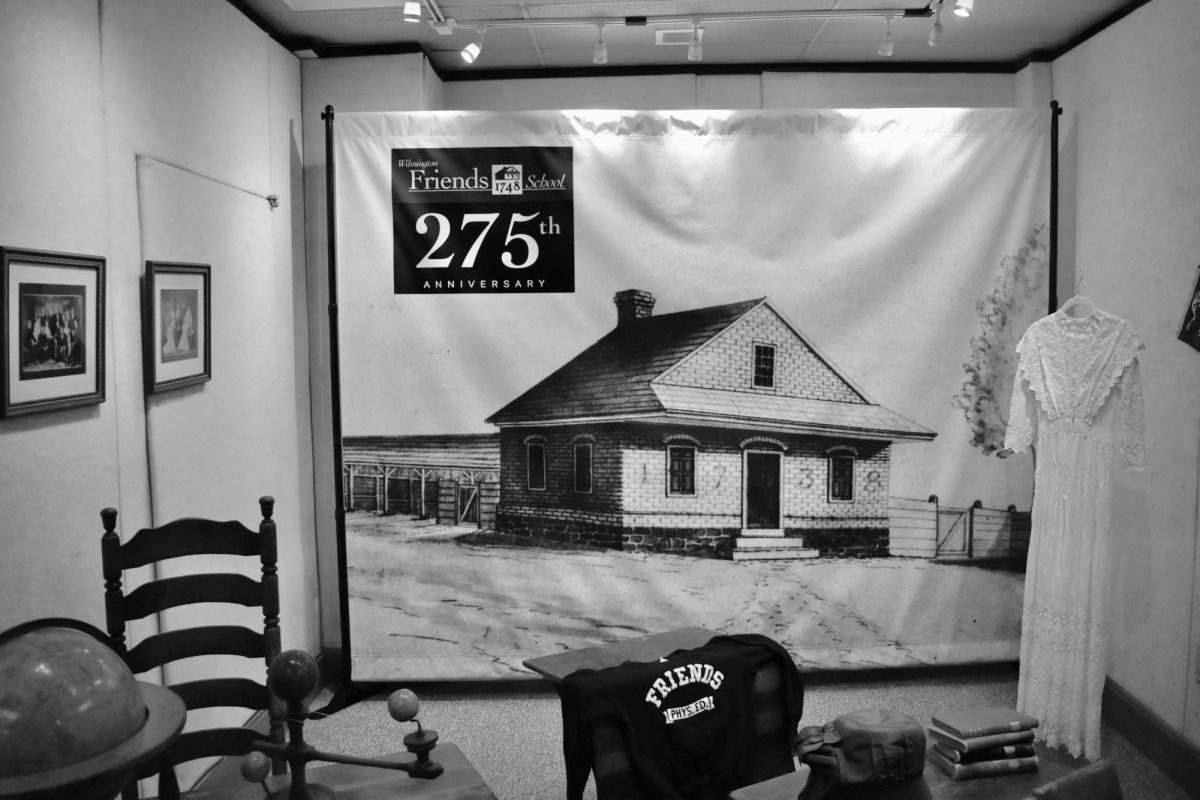
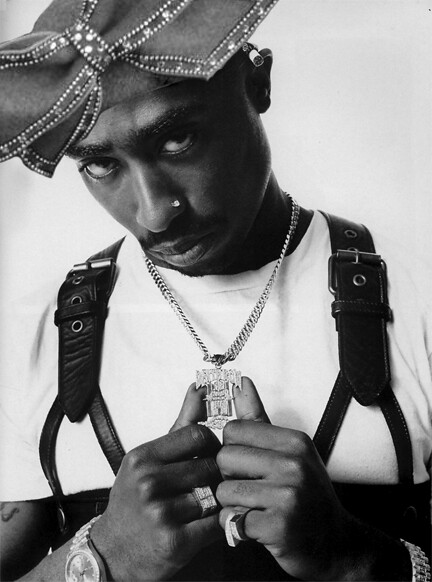








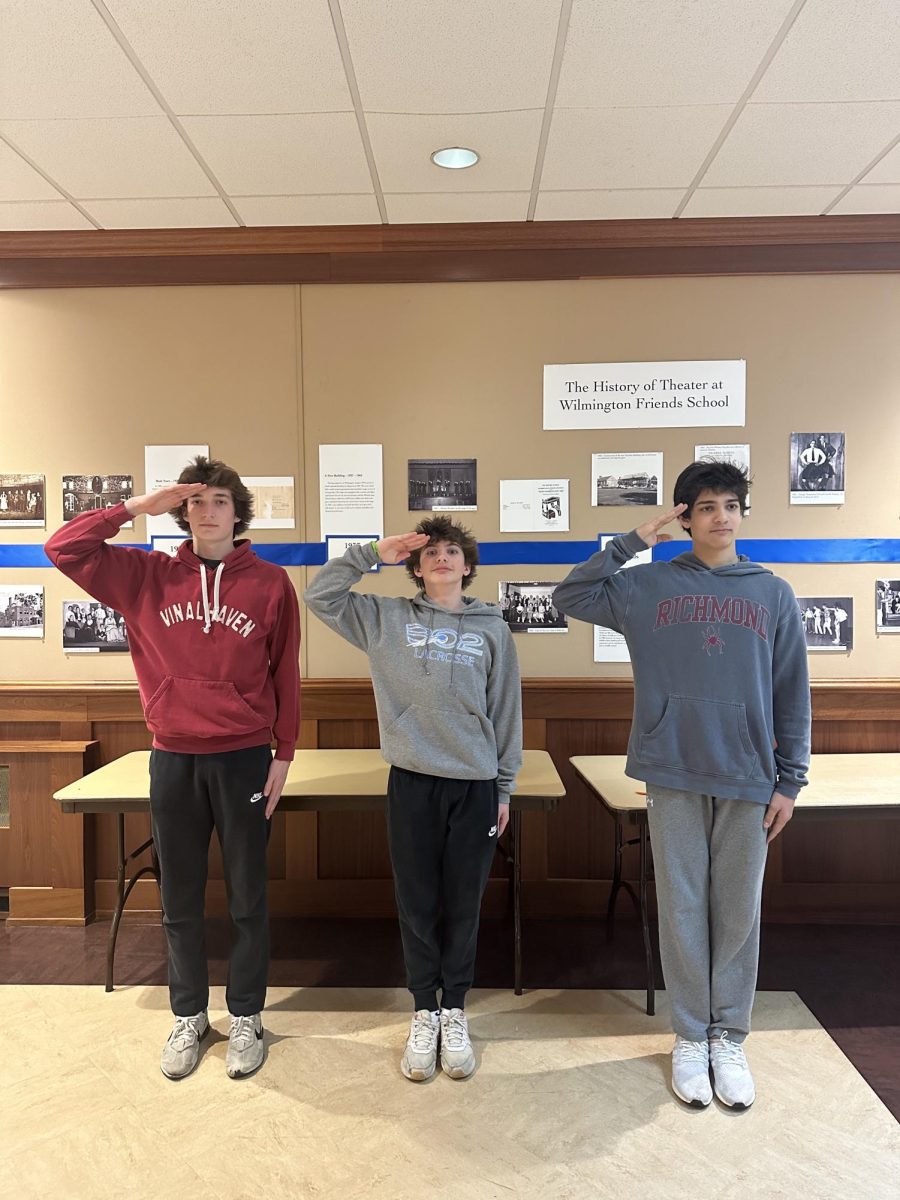


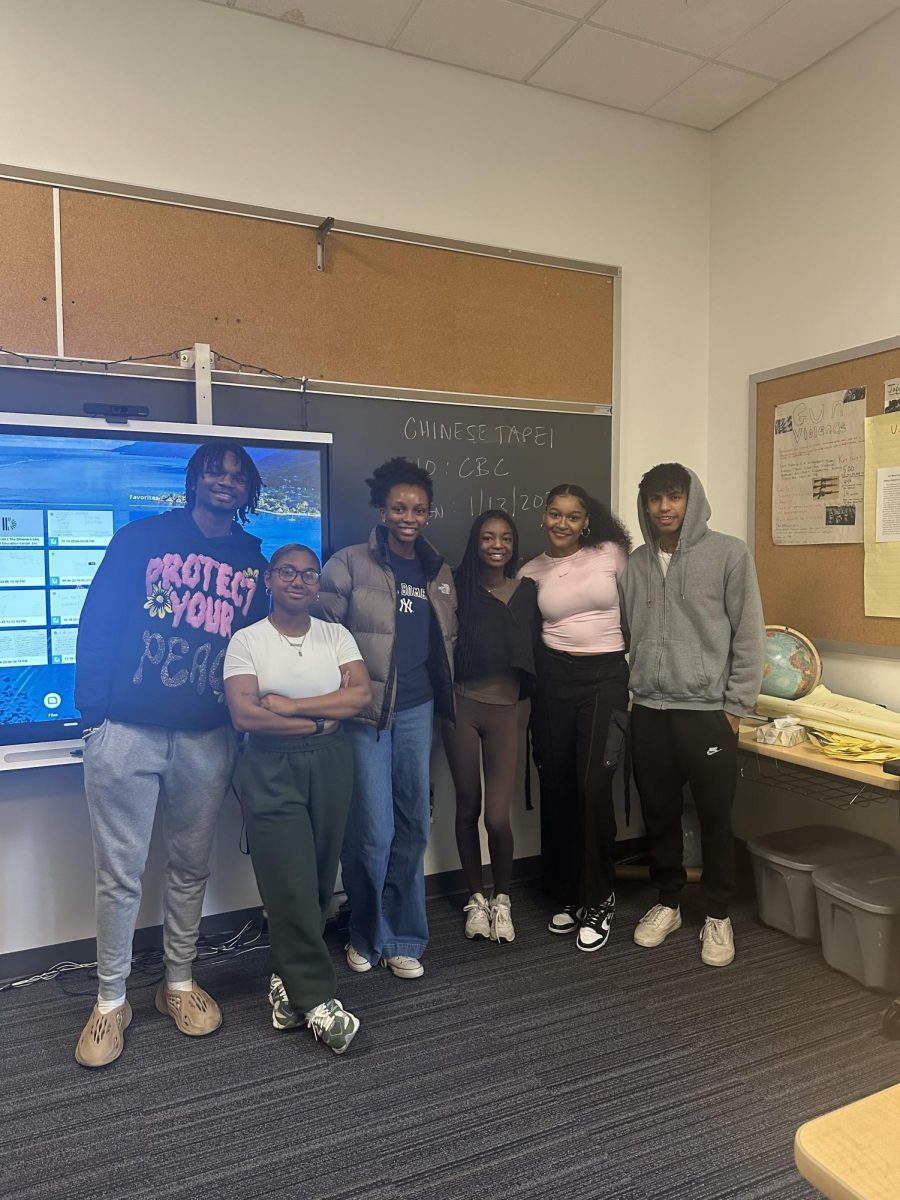



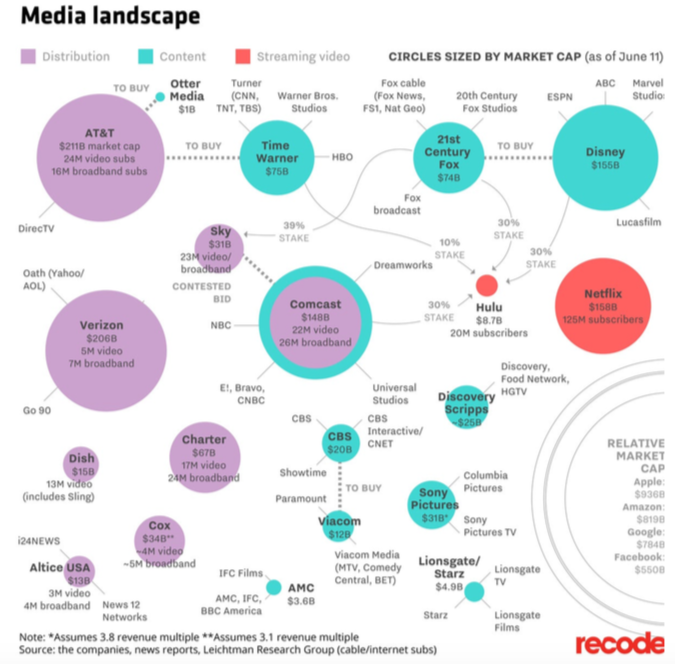




Judah • Feb 6, 2024 at 9:38 am
“As Americans, we pride ourselves on our fundamental freedoms. Article III of the Bill of Rights reads, ‘Congress shall make no law respecting an establishment of religion, or prohibiting the free exercise thereof; or abridging the freedom of speech, or of the press; or the right of the people peaceably to assemble, and to petition the Government for a redress of grievances.'”
Article III of the Bill of Rights? That makes ZERO sense. It’s called the First Amendment. There are no Articles in the Bill of Rights. Who wrote that?